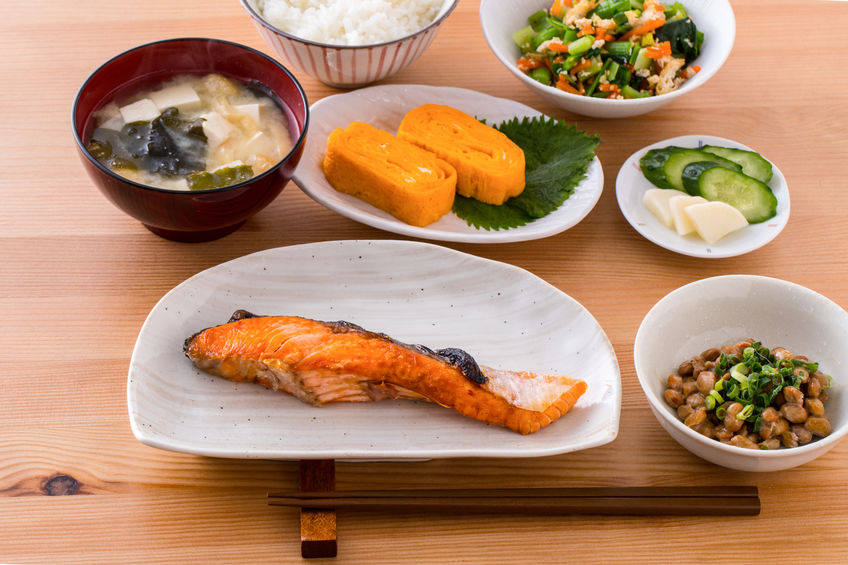Does Japanese Food Have MSG?

Does Japanese Food Have MSG?
Unraveling the MSG Enigma: A Deep Dive into Japanese Cuisine
Japanese cuisine, known for its harmony of taste, presentation, and nutrition, has won hearts and palates worldwide. From the vibrant plates of sushi to the comforting bowls of ramen, the culinary variety of Japan impresses both by its aesthetics and its flavors. One question that often arises when discussing Japanese cuisine is the role of monosodium glutamate (MSG) in it. Many wonder, “Does Japanese food contain MSG?” This blog post delves into the relationship between MSG and Japanese cuisine, clearing up any misconceptions and examining the facts.
Monosodium Glutamate: A Brief Overview
Monosodium Glutamate (MSG) is a flavor enhancer used worldwide, associated with a specific taste known as ‘umami,’ the so-called fifth taste, along with sweet, salty, sour, and bitter. Discovered by Japanese scientist Kikunae Ikeda in 1908, umami is a savory depth of flavor inherent in many foods, including tomatoes, cheese, and mushrooms. MSG is the sodium salt of glutamic acid, an amino acid naturally present in our bodies and many foods.
MSG in Japanese Cuisine: A Historical Perspective
Despite widespread concerns about MSG, it’s important to understand its historical context in Japanese cuisine. The development of MSG is rooted in the attempt to isolate and enhance the umami flavor, a critical element of Japanese culinary philosophy. When Kikunae Ikeda identified glutamate as the source of this taste, it led to the creation of MSG, initially marketed in Japan under the brand name “Ajinomoto” or “essence of taste”.
A key aspect of traditional Japanese cooking is the creation of umami-rich broths and stocks. Dashi, a fundamental soup stock in Japanese cuisine, embodies this principle. Made from simmering kombu (a type of kelp rich in glutamate) and bonito flakes (rich in another umami compound, inosinate), dashi naturally forms a version of MSG. However, it’s crucial to distinguish this naturally occurring MSG from its industrially produced counterpart.
MSG in Modern Japanese Cuisine
As with other cuisines globally, the use of industrially produced MSG in Japanese food varies widely. Some chefs use it sparingly to enhance the umami flavor in their dishes, while others prefer relying solely on natural ingredients.
Many popular dishes, such as ramen, can have MSG depending on the chef’s approach and the diner’s preference. Instant ramen and certain packaged foods often contain MSG, which is clearly stated on the product’s label. However, traditional establishments and health-conscious chefs tend to avoid industrially produced MSG, opting instead for natural sources of umami such as dashi.
Understanding the MSG Controversy
It’s crucial to clarify the health concerns often linked with MSG. While some individuals may have sensitivity leading to symptoms like headaches or flushing – a collection of symptoms termed “Chinese Restaurant Syndrome” – comprehensive research, including systematic reviews and meta-analyses, has not established a definitive causal relationship between MSG and these symptoms in the general population. The FDA classifies MSG as a food ingredient that’s “generally recognized as safe” (GRAS), similar to common food ingredients like salt and baking powder.
Navigating Japanese Cuisine with an MSG Allergy: Tips for Travelers.
While MSG is generally recognized as safe by health organizations such as the FDA, some individuals report sensitivity or allergic reactions to the substance, leading to symptoms like headaches, flushing, and sweating. It’s crucial for these individuals to be aware of what they’re consuming, especially when traveling to new places with unfamiliar cuisines.
1. Choose Traditional Establishments: Many traditional Japanese eateries emphasize natural, fresh ingredients and are less likely to use added MSG in their dishes. Research and choose to dine at places known for such practices.
2. Be Aware of Processed Foods: MSG is commonly used in processed foods worldwide, and Japan is no exception. Snacks, instant noodles, and pre-packaged meals are more likely to contain MSG. Always check the labels where possible. However, note that product labels will be in Japanese, and MSG is often listed as ‘化学調味料’ (Kagaku chōmiryō).
3. Hire a Local Guide: If you’re especially concerned, consider hiring a local guide who understands your dietary needs and can help navigate restaurant menus and food labels.
Despite these precautions, remember that it might be challenging to completely avoid MSG in any country, as it is a common ingredient in many foods. The key is to stay informed and make the best choices possible for your health and comfort. Japanese cuisine offers a rich array of dishes, and there are plenty of options that can accommodate an MSG-free diet while letting you savor the gastronomic experience Japan has to offer.










